It’s fascinating to think about our ancestors’ journeys across vast and unknown landscapes. Prehistoric human migration laid the foundation for how societies formed, cultures evolved, and civilizations eventually flourished. While it may seem like ancient history, these migrations reveal remarkable details about human resilience, adaptability, and the mysteries of our shared past. Here are 24 surprising facts about how early humans braved the elements, navigated harsh terrains, and forged pathways that shaped the world we know today.
1. Humans Originated in Africa About 200,000 Years Ago
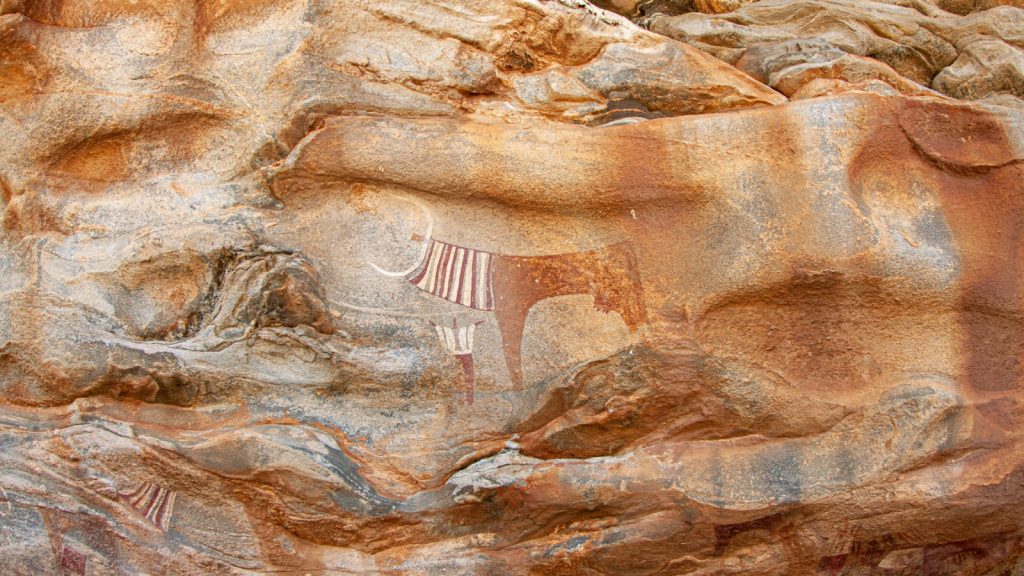
The earliest Homo sapiens appeared in Africa around 200,000 years ago. Fossil evidence and genetic studies support Africa as the “cradle of humanity,” from which all modern humans can trace their origins.
2. The First Major Migration Began 70,000 Years Ago

Around 70,000 years ago, groups of early humans began to leave Africa in significant numbers. This migration marked the first major movement of Homo sapiens across continents.
3. Small Groups Shaped Entire Continents

Early migrations involved small groups, sometimes only a few dozen people. However, these small numbers had enormous impacts, as isolated groups developed unique cultures, languages, and genetic traits.
4. Climate Change Played a Major Role
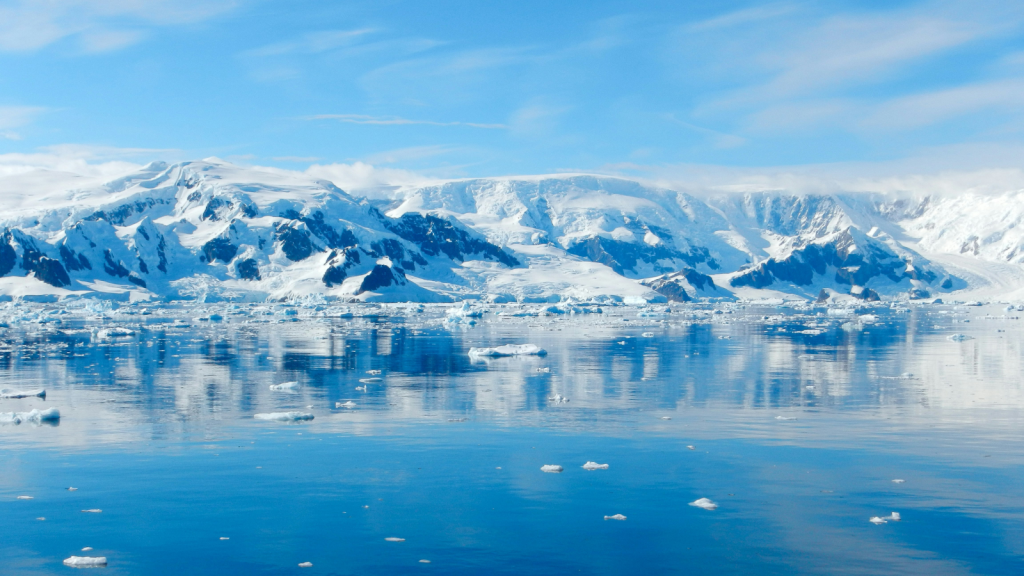
Ice ages and fluctuating climates forced prehistoric humans to move in search of warmer, more hospitable environments. Changing conditions often opened or closed routes for migration.
5. Coastal Routes Were Key to Migration

Scientists believe that some early humans followed coastlines, using them as “highways” for migration. Coastal areas often provided food, water, and milder climates, making them ideal for travel.
6. The Bering Land Bridge Connected Asia and North America
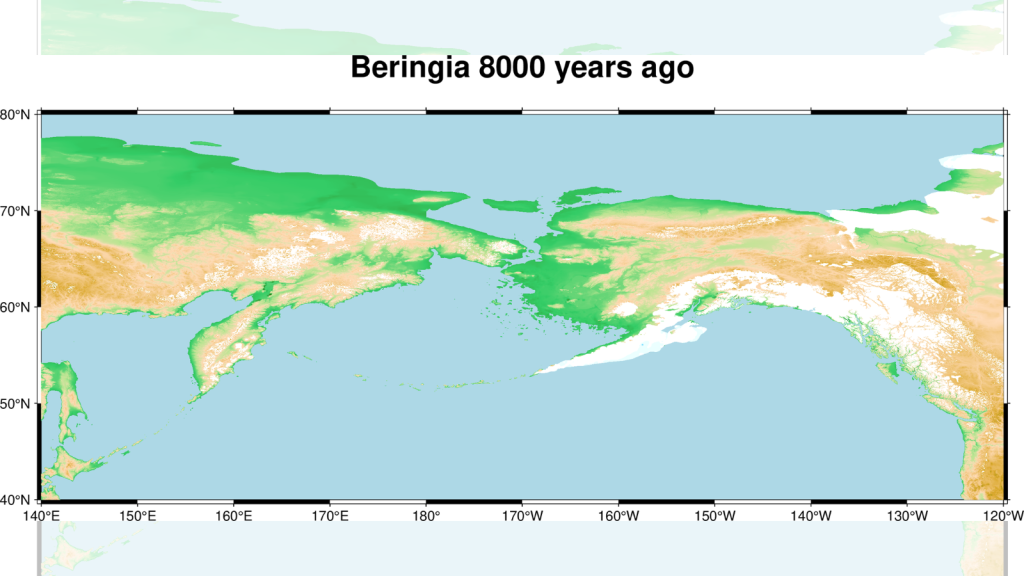
During the last Ice Age, a land bridge formed between Asia and North America, known as Beringia. Early humans crossed this bridge, marking the beginning of human settlement in the Americas.
7. Prehistoric People Had Basic Navigation Skills

Though they lacked maps, prehistoric humans had a remarkable ability to navigate. They used landmarks, the position of the stars, and other natural cues to find their way.
8. Genetic Mutations Were Key to Survival

Certain genetic mutations, like those affecting skin pigmentation, helped early humans adapt to different environments. For example, lighter skin evolved as humans moved to less sunny regions to aid vitamin D production.
9. Australia Was Reached Around 65,000 Years Ago

One of the most challenging migrations was to Australia. Humans likely reached it around 65,000 years ago, using rafts or boats to navigate the open seas.
10. Tools Were Constantly Evolving

As humans migrated, they developed new tools to survive in diverse climates. Stone tools, spears, and fire-making techniques were essential for hunting, shelter, and protection.
11. Artifacts Suggest Early Cultural Exchange
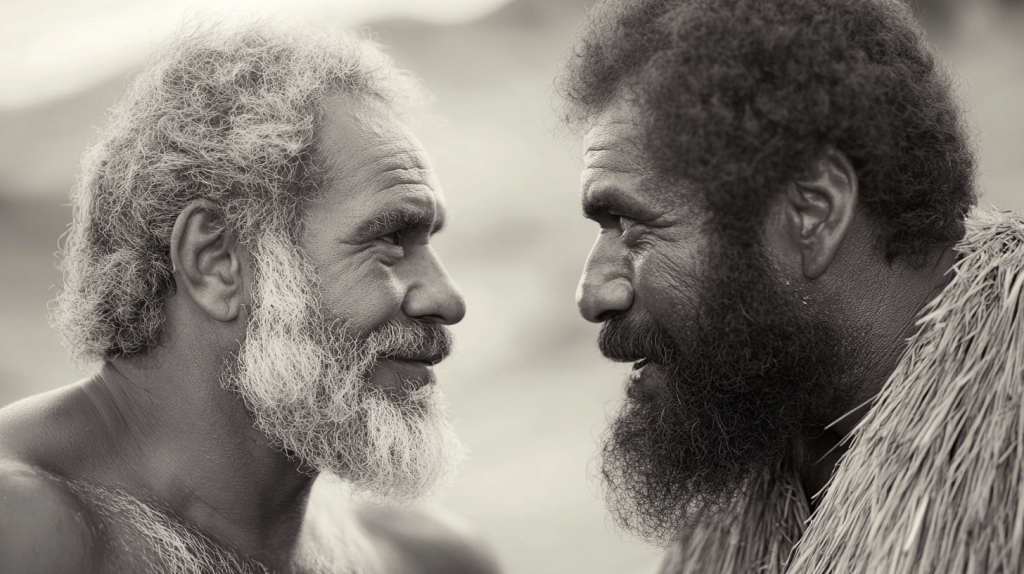
As groups encountered one another, they shared knowledge, tools, and even artistic expressions. These exchanges allowed prehistoric humans to learn from one another, fostering creativity and adaptability.
12. Migration May Have Been Driven by Curiosity

Some researchers believe that, beyond survival, curiosity drove humans to explore new lands. This desire to see what lay beyond may have encouraged the movement to unfamiliar territories.
13. Neanderthals and Modern Humans Coexisted in Europe
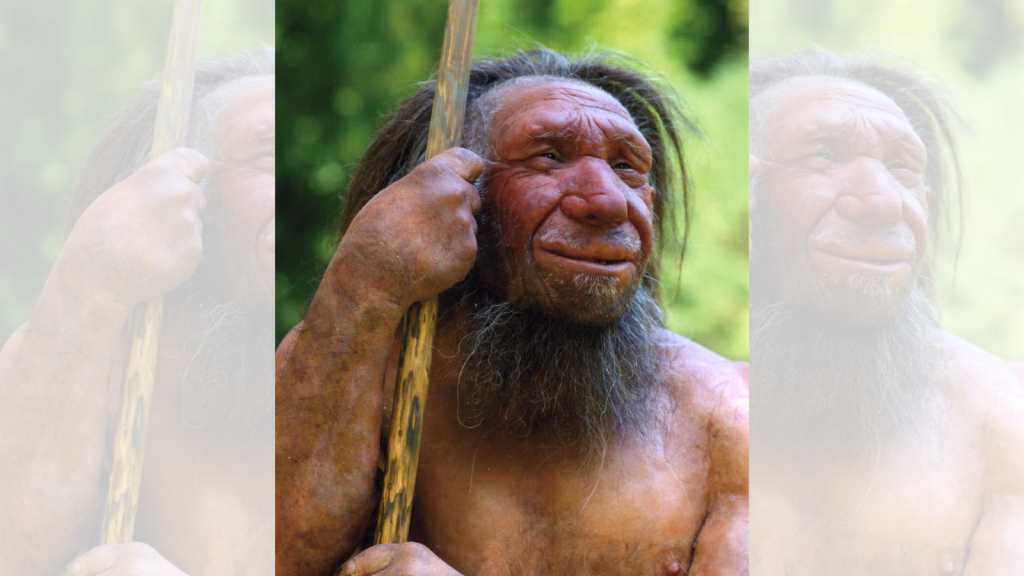
When Homo sapiens arrived in Europe, they encountered Neanderthals, who had lived there for hundreds of thousands of years. Evidence suggests that these two species interacted and even interbred.
14. Language Helped Coordinate Migration

The development of language likely played a huge role in migration. Communication allowed groups to coordinate activities, plan migrations, and share knowledge, making survival more manageable.
15. Humans Reached the Americas About 15,000 Years Ago

Though debated, most evidence suggests that humans reached the Americas around 15,000 years ago. They spread rapidly, with populations establishing themselves across both continents.
16. Evidence of Early Seafaring Exists

Some ancient people migrated via sea, crossing vast distances with only simple rafts or canoes. Early seafaring skills were likely essential for reaching distant islands and continents.
17. Many Migrations Followed Large Animal Herds

Prehistoric people often followed herds of large animals like mammoths or reindeer. These animals provided food, clothing, and resources, and their movements helped guide migration routes.
18. Humans Thrived in High Altitudes 40,000 Years Ago
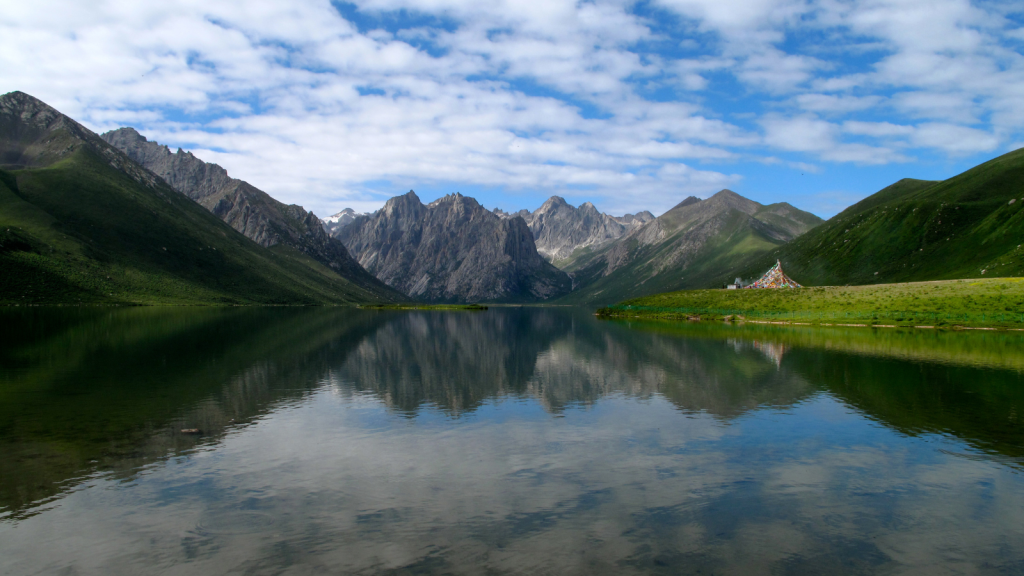
Despite the lack of oxygen, humans began living in high-altitude regions like the Tibetan Plateau as early as 40,000 years ago. Genetic adaptations helped them survive the harsh conditions.
19. The Sahara Desert Was Once Green

Around 10,000 years ago, the Sahara was a lush, green landscape with lakes and rivers. As it began to dry up, people migrated to more fertile areas, influencing settlements across northern Africa.
20. Genetic “Bottlenecks” Limited Early Populations

Environmental challenges, disease, and competition caused “bottlenecks,” where only small groups survived. These genetic bottlenecks led to unique traits within isolated populations.
21. Many Migrations Were Seasonal
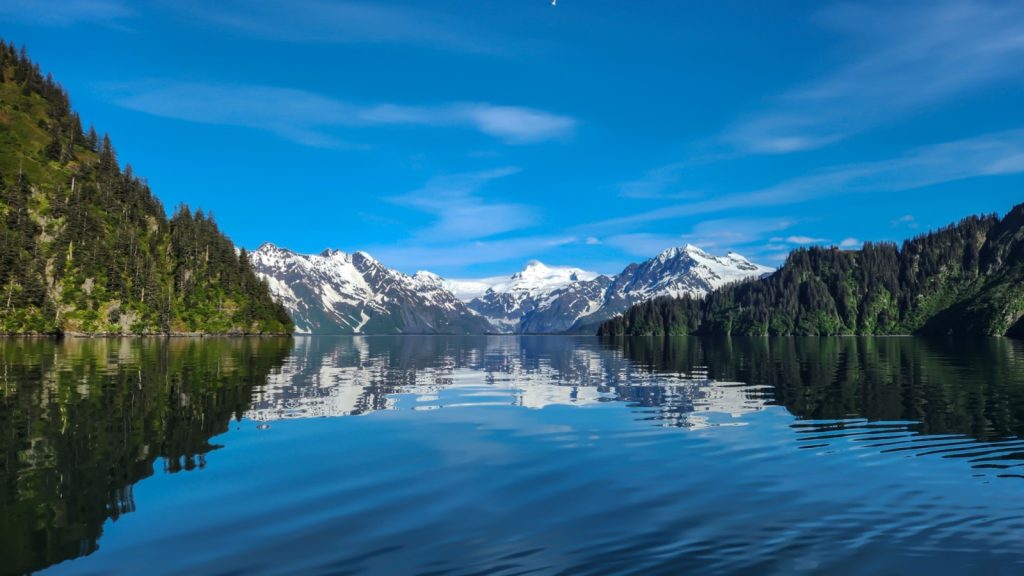
Some prehistoric groups were nomadic, moving with the seasons to access food, water, and favorable climates. These seasonal migrations helped humans survive and thrive in varied environments.
22. Archaeologists Use DNA to Track Migration Patterns

By analyzing ancient DNA, scientists can trace how human populations moved and mixed over millennia. DNA from ancient remains has provided invaluable insights into prehistoric migrations.
23. Supervolcanic Eruptions May Have Triggered Migration

The Toba supervolcanic eruption around 74,000 years ago created a “volcanic winter,” making large areas uninhabitable. This event likely forced humans to migrate to new areas for survival.
24. Early Humans Changed Ecosystems

As humans migrated, they impacted ecosystems, hunting animals and using natural resources. This environmental impact shaped both the lands they left and the ones they moved into.
Ellen has been obsessed with logic puzzles, jigsaws, and cryptograms since she was a kid. After learning she was taught how to play chess wrong by a family friend (so they could win), she joined her school chess club and the rest is history.


